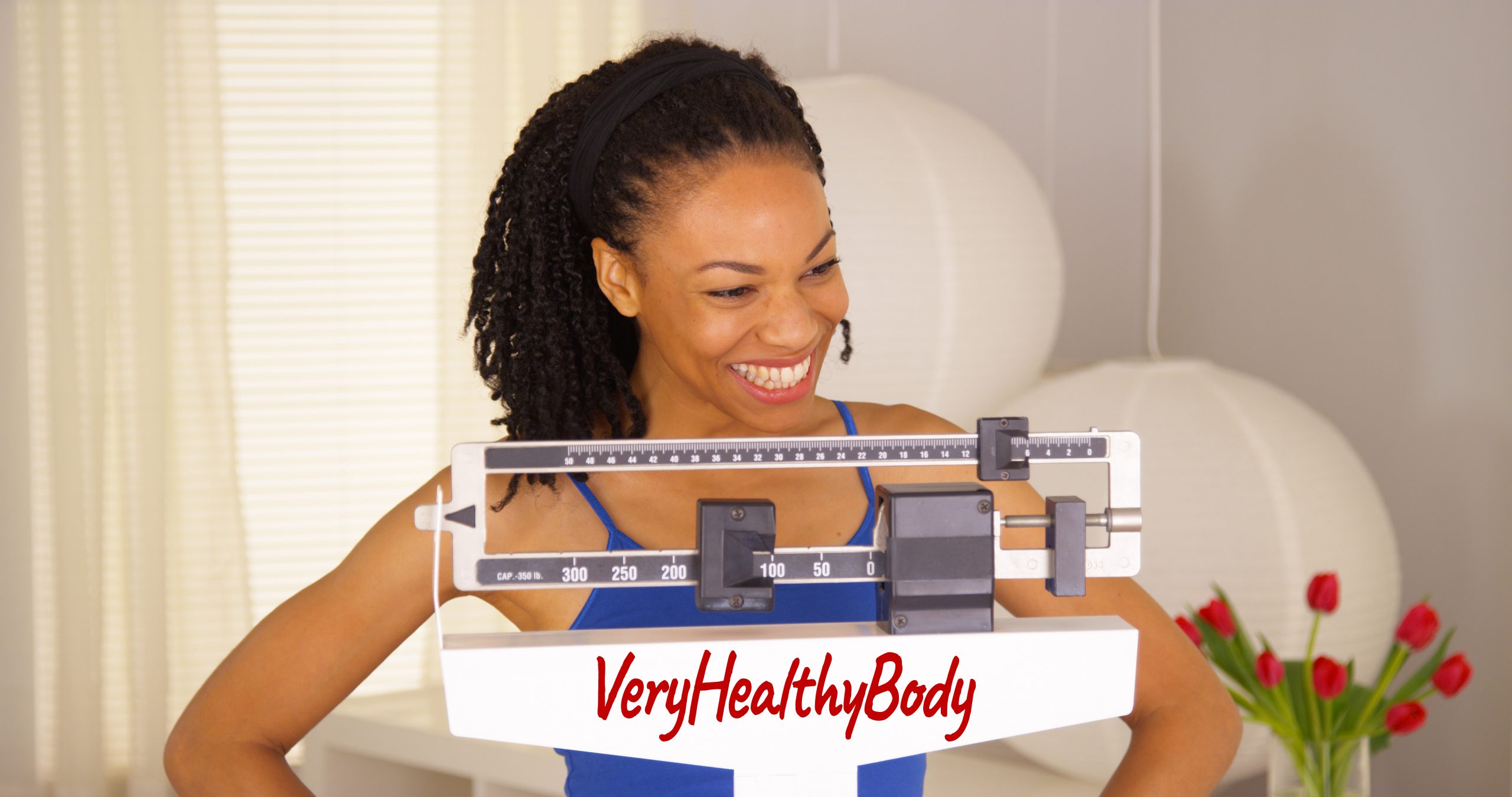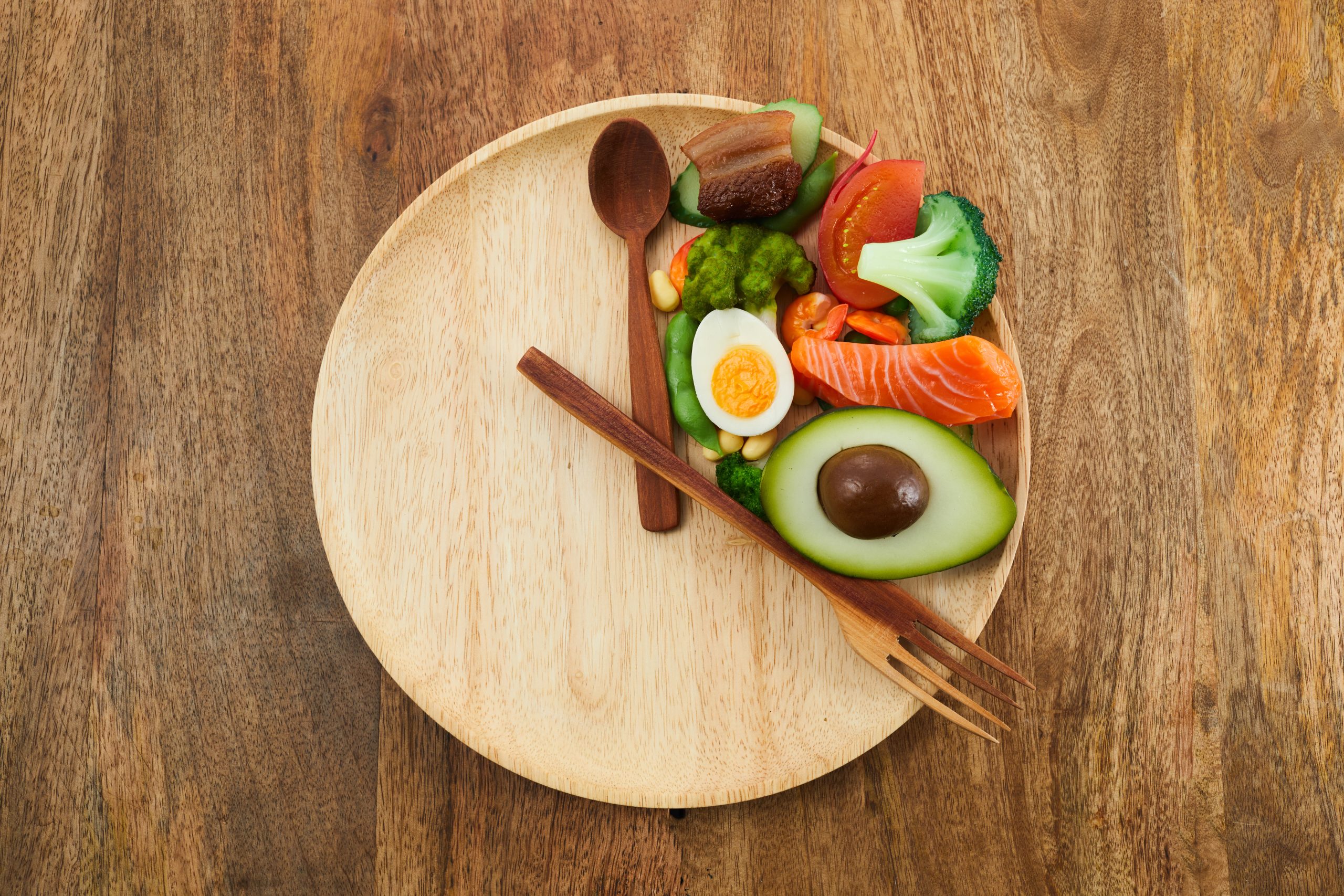What your Cholesterol Results Mean – Dr. Paul Mason
Dec 8, 2018Dr Paul Mason obtained his medical degree with honours from the University of Sydney, and also holds degrees in Physiotherapy and Occupational Health. He is a Specialist Sports Medicine and Exercise Physician. Dr Mason developed an interest in low carbohydrate diets in 2011. Since then he has spent hundreds of hours reading and analysing the scientific literature. For the last two years, Dr. Mason has been applying this knowledge in treating metabolic and arthritis patients who have achieved dramatic and sustained weight loss and reductions in joint pain.
Transcript
Introduction
0:16good morning so my name is dr. Paul
0:18Mason and I’m a sports and exercise
0:20medicine physician from Sydney and today
0:22I’m going to talk about cholesterol what
0:24it is what makes it good what makes it
0:27bad and more importantly how to
0:30interpret a cholesterol blood test to
0:32see whether there’s any cause for
0:33concern and we’re going to finish our
0:36talk by looking at the Feltman protocol
0:38where people have been shown to be able
0:41to dramatically drop their LDL levels
0:43simply by following a high-fat diet for
0:46three days but please note this lecture
0:50is purely educational and in no way
0:52constitutes any personal medical advice
0:55so I’d like to start by sharing a storyPatient story
1:00about one of my patients it was a 48
1:03year old male and when he walked in I
1:05did a double-take
1:06I really didn’t know why he was there I
1:08mean he looked ripped but as it turns
1:11out he had a rather unique problem you
1:14see he had recently applied for health
1:16insurance income protection insurance
1:17and he had received this letter from the
1:21insurance company
1:22apparently they felt that he was high
1:25risk
1:33this is a recent photo not ask Erica fat
1:38he’s 48 years old people
1:41this is his DEXA scan the blue areas
1:45represent lean tissue the red areas
1:48represent fat so why did his insurance
1:57company refused to enjoy him why did
2:01they think he was a bad risk well it was
2:04his cholesterol levels they were high
2:07this is his test result and the insurer
2:10based their decision based on this test
2:13so down the right-hand side you can see
2:16what we call the reference ranges with a
2:17lower and an upper value and if a result
2:21falls outside of this reference range
2:23it’s considered abnormal and what I’ve
2:27done here is I’ve highlighted three of
2:30his results which fell outside this
2:31range his total cholesterol he’s H DL
2:34which stands for high density
2:36lipoprotein and he’s LDL which stands
2:39for low-density lipoprotein but if I wasWhat is cholesterol
2:43his insurer based on this result I would
2:46have signed him up right away and to
2:48understand why let’s take a closer look
2:50at exactly what we’re looking at when we
2:52look at these numbers so the term
2:55cholesterol is very loosely but
2:57incorrectly used to refer to a number of
3:00different particles in our blood that
3:02carry fat around their body and there’s
3:05five major classes of these particles
3:08and their correct name is lipoprotein
3:11now a little bit confusingly one of the
3:15fats that these carry around the body is
3:17actually cholesterol but to call these
3:20lipoproteins cholesterol is a bit like
3:23mistaking a horse float for a horse
3:27it just really doesn’t make any sense
3:30and we can differentiate between these
3:33lipoproteins based on their size and the
3:36density and the lipoprotein on the
3:38bottom left the big one that’s the least
3:41dense the biggest that’s formed after we
3:43eat but by the time we do a fasting
3:46blood test the chylomicrons have
3:48basically disappeared from our blood so
3:50we don’t need to focus on chylomicrons
3:52anymore
3:54now in yellow you can see three
3:58lipoproteins which are linked by arrows
4:00VLDL IDL and LDL this stands for very
4:04low density lipoprotein intermediate
4:06density lipoprotein and low-density
4:09lipoprotein and the reason I’ve linked
4:11them by arrows is to demonstrate that
4:14they are essentially the same particle
4:17so they all start out as the big one the
4:20VLDL and then as it circulates around
4:22our body it donates some of its cargo to
4:26tissues that’s what they’re meant to do
4:27and as it offloads its cargo they shrink
4:30they get a little bit smaller it’s like
4:32a deflating balloon but they’re still
4:35the same particle and finally up on the
4:39top right here you can see HDL which is
4:42closely known as good cholesterol with
4:44higher levels generally considered
4:46favorable now you’ve also probably heard
4:49of LDL referred to as bad cholesterol
4:52but the LDL we’re looking at here in
4:55fact is not deleterious in any way I’d
4:59be quite happy to have a bunch of that
5:01in my circulation and I do but not all
5:07LDL is good it can turn bad if it mixes
5:11with the wrong crowd
5:14and that wrong crowd is sugar or more
5:19specifically glucose if we expose LDL to
5:24glucose it can be damaged in a process
5:27called glycation and that then leads
5:29that damaged particle to be vulnerable
5:32to a process called oxidation and both
5:35of these damaging steps make the
5:38particle fractionally smaller you’ve
5:42probably heard a small dense LDL before
5:45that’s what it is it’s been damaged and
5:48that damaged as a consequence of
5:50exposure to sugar this damaged LDL is
5:54what leads to heart disease not the
5:56other stuff so now we know what the
6:00different types of lipoproteins are
6:01let’s have another look at my patients
6:03cholesterol panel now you’ll notice oneCholesterol units
6:08thing where it says cholesterol 8.8 and
6:11this is in millimoles liter this is the
6:13units that we use in Australia and the
6:15UK
6:16now the breakdown of the cholesterol
6:19underneath that doesn’t add up to the
6:21total cholesterol and there’s a very
6:23good reason for this because this panel
6:27is missing some of the lipoproteins that
6:29we just saw which we know exists and the
6:31reason they’re missing is because
6:33they’re not actually measured on a
6:34standard blood test
6:35you see centrifuging the blood to spin
6:39it down so that you can actually measure
6:41the particles is a time-consuming and
6:43expensive procedure so it’s usually not
6:46done so instead some values are
6:49calculated which is really a euphemistic
6:52term for saying their guests so VLDL we
6:57know exists but it’s actually not listed
6:59here but it’s is actually estimated as a
7:02part of the calculation for old yellers
7:04estimated ideal here in actual fact is
7:09assumed to be absent makes it a bit
7:12easier to do the calculations if we
7:14pretend that’s not there right
7:17so then we use these assumed values to
7:22calculate LDL so I said any wonder that
7:25accuracy is not always guaranteed at
7:28least the HDL is measured now one
7:32alternative to all of this guesswork
7:34would be to centrifuge the sample and
7:37actually measure these particles
7:39individually and that’s what I often do
7:43so what we do we get the sample and we
7:46place it in a gel and then we spin the
7:49gel down and as we spin it the particles
7:53sink into the gel at different rates and
7:57different depths depending on how big
7:59they are and what density they are and
8:01you can see here the dark spots
8:05represent peaks of the different LDL
8:08populations and the results are
8:11presented something like this and you
8:13can see that the peaks actually
8:15correlate with the dark spots in the gel
8:18so we can actually measure this now I
8:23just want to focus for a moment where it
8:26says LDL when we’ve divided it into
8:29seven sections and I just want you to
8:31have a look at the peak it’s a nice
8:34smooth peak there’s only one peak and
8:37this is because it represents a healthy
8:40population of LDL the fact that there’s
8:43only one peak means that there’s not
8:46been any change in size due to damage of
8:49the LDL they’ve not been glycated
8:51they’ve not been oxidized and this is
8:53what we call a pattern a LDL this is
8:57healthy now if the particles were
9:00damaged I would expect to see more than
9:02one peak so well let’s have a closerDamaged LDL
9:05look at what happens with the LDL when
9:07it does hang out with the wrong crowd
9:09and when it does get damaged first of
9:12all it gets exposed to sugar glucose and
9:15that caused glycation shrinks a little
9:18bit and then that makes it very
9:20vulnerable to oxidation and
9:22interestingly this oxidative process has
9:26been shown to be significantly
9:27accelerated when we have an X
9:30of omega-6 fats the kind sounding
9:32vegetable and seed oils there is a
9:34connection
9:34so let’s come back to this graph here
9:37and up the top we’ll now to our single
9:40LDL let’s add the two damaged
9:42populations so let’s see if we put that
9:46sample into a gel tube and spun it down
9:49what would it look like so have a look
9:51at the middle blob where the LDL is
9:53represented and now you can see it
9:55spread out and you can see in this
9:58example two distinct populations of LDL
10:01and down the bottom knot of the sample
10:06here but another one of my patients just
10:08for illustrative purposes you can see
10:10here in the LDL you have three distinct
10:14Peaks this is patent B LDL this is theDangerous LDL
10:20dangerous LDL and you need to understand
10:23it doesn’t occur because of saturated
10:26fats it occurs because it’s damaged by
10:29sugar it’s damaged by blood glucose
10:31level so to understand why it’s so
10:33damaging and can lead to blockage of our
10:36blood vessels let’s have a look at the
10:38normal life cycle of VLDL once it’s that
10:41created from the liver so as it donates
10:43its cargo it shrinks in size through the
10:46intermediate stage and finally ends up
10:49at low-density lipoprotein and then the
10:52low-density lipoprotein are able to be
10:55taken back up by the liver or by cells
10:58in the peripheral tissues and they use
11:00something which I’ve shown here in blue
11:01which is called an LDL receptor and
11:04these LDL receptors are able to
11:08specifically recognize the LDL particles
11:11and that’s because there’s a special
11:12protein on the LDL particles which we
11:15call a PO b100 and you can think of this
11:18like a security swipe card if you don’t
11:21have a security swipe card or if you’ve
11:24snapped it into it’s broken you can’t
11:26get in that door so if we have a look at
11:29an LDL in green here is the appo b100
11:33protein there’s a very important point
11:35here there’s only one of these proteins
11:38for every LDL molecule there is no
11:41redundancy if you break it
11:44it does not work there’s no backup and
11:47if it’s working properly this is the
11:50security swipe card that will allow the
11:52LDL receptors to recognize it and take
11:55it out of circulation now the problem is
11:57the sugar damage actually targets the
12:00proteins it actually targets this that
12:03means the LDL receptor won’t be able to
12:05recognize this particle I don’t know who
12:09you are you’re not welcome here persona
12:11non grata
12:11go away so what happens in that
12:15situation well the LDL is coming out of
12:20the liver converted to IDL LDL and then
12:23the LDL gets damaged so that means it’s
12:27not recognized at these receptors so
12:30then what happens it begins to
12:32accumulate their numbers then increase
12:36in the circulation and this is when we
12:38see what’s called a high LDL particle
12:41count now one thing you need to know
12:43because at the end of their journey
12:44they’ve donated most of their cargo so
12:47they’re quite small so the absolute
12:50volume of LDL is not necessarily going
12:52to be that high but the number of
12:55particles is and this is why the LDL
12:58particle count has quite useful
13:01predictive value for heart disease
13:02because it reflects these damaged small
13:06dense particles that are small and can’t
13:10be taken out of the circulation so if
13:12they can’t be taken out of the
13:14circulation in a normal healthy way what
13:17happens to them well they end up here
13:21they line the inside of our arteries so
13:24you can see on top of the deposit there
13:26you’ve got a thin layer of cells that
13:29layer on top is just one cell thick it’s
13:33called the endothelium and this fatty
13:35deposit occurs underneath that layer and
13:38we can see from this graph here so in
13:42yellow here we’re graphing oxidized LDL
13:46in the circulation and you can see that
13:49an increase in oxidized LDL is what
13:52actually precedes the development of
13:55this atheroma inside the blood vessel
13:57which we can see in red as you take the
14:00oxidized LDL out of circulation
14:02it ends up deposited in the lining of
14:05the blood vessels so how does the LDL
14:08actually get through this layer that’s
14:10one cell thick
14:12well oxidized LDL has the effect of
14:15increasing the permeability of this
14:18layer that’s been shown in a lot of
14:20scientific articles so if you have
14:22oxidized LDL this membrane becomes a
14:25little bit leaky or porous and the LDL
14:27particles are able to travel to the
14:29underside of it and then once they’re
14:32underneath they come in contact with a
14:35cell called a macrophages so remember
14:39how the LDL receptors would only
14:41recognize healthy LDL well these
14:44macrophages have a receptor called a
14:47scavenger receptor that only recognizes
14:49damaged LDL it’s quite convenient they
14:52have a very strong affinity for it so
14:55what they do the LDL particle binds with
14:57the scavenger receptor and it engulfs it
15:00a little bit like a pacman and then
15:02eventually these macrophages end up so
15:05full of LDL that we call them foam cells
15:08and here you can see a foam cell with
15:11all the lipid droplets inside and this
15:14is the way in which damaged LDL ends up
15:17lining the inside of our blood vessels
15:19and this is the end result this artery
15:24here is called the left anterior
15:25descending artery it’s the main artery
15:28supplying
15:29the heart muscle and it’s been injected
15:32with dye so you can see the internal
15:34lumen the diameter of the lumen and you
15:38can see here that’s a significant
15:39narrowing and that is caused by LDL
15:43that’s been damaged by sugar and that’s
15:46why hba1c is such a brilliant blood test
15:50for predicting heart disease because
15:52hba1c looks at how sugar damages the ret
15:58or attaches to the red blood cells it
16:00correlates with high blood glucose
16:02levels and we know that high blood
16:04glucose levels are what will also damage
16:06our LDL and that’s why diabetics have a
16:10significantly higher rate of her
16:11attacks now for the good news we can
16:16often tell if your pattern a or pattern
16:20be based on the standard blood test
16:22despite the limitations of it and the
16:26inherent inaccuracies within it we still
16:28get a lot of very important information
16:30and we often might not need to do any
16:32further testing so we’re going to lookTriglycerides
16:36at two things and the first thing we’re
16:38going to look at is called the
16:40triglycerides so in this patient here
16:43you can see they’ve got an abnormal
16:45triglyceride and abnormally low
16:48triglyceride which makes me question the
16:50reference ranges but they’ve got a high
16:54total cholesterol so let’s have a look
16:57at how triglycerides relate to pattern a
17:01and pattern B so in this paper here you
17:06can see the green line represents
17:07pattern a and the red line represents
17:09pattern B the higher the green line is
17:11the more likely it is to be a pattern a
17:14cholesterol the higher the red line more
17:16likely it is to be pattern B and along
17:19the bottom you can see the triglyceride
17:21levels in yellow are the units for the
17:23UK and Australia and in blue they’re the
17:26units used in the US and in Europe now
17:30we can see if we’re looking at the red
17:32line that if our triglycerides are less
17:36than 0.5 million miles later then you’re
17:39almost certainly going to have a pattern
17:42a phenotype but if we go down the other
17:45side if your triglycerides are over 2
17:49your chances are having a bad fellow
17:51type a very very high and remember this
17:55example we just looked at they had a
17:57level of 0.4 so they’re going to be very
18:00very comfortable the other factor that’s
18:03really useful on this blood test is the
18:05HDL level this is another patient high
18:09total cholesterol and a high HDL
18:11cholesterol let’s have a look at the
18:14similar kind of graph for this patient
18:17so again we have the good phenotype in
18:21green and the pattern B in red except
18:25this time
18:25as the number goes higher it looks
18:29better so we can see that if your HDL
18:33cholesterol and I use the term loosely
18:34is less in about 0.4 0.5 you’re almost
18:39certainly going to have a bad profile
18:41however if you have over 1.5 you’re
18:46singing easy and the one example we just
18:49saw 2.6 doesn’t even register on this
18:52scale that’s what a kidder genic diet
18:54can do so let’s have a look at my
18:58patient who was denied insurance and
19:00let’s have a look at his results on each
19:02of these and see how informative that
19:04can be so his triglycerides is 0.9
19:07that’s certainly down the good end but
19:09would you sign off on it I don’t know
19:11there’s a gray area but have a look at
19:14his HDL 1.7 clearly in the Green Zone I
19:20didn’t need to do any further testing on
19:22him I wasn’t worried about his
19:24cholesterol levels even without doing a
19:26sub fraction I was confident that he was
19:28patent a now there’s one more metricTriglyceride HDL ratio
19:32that we can use to assess for patent a
19:34and B and that’s when we use the power
19:36of triglyceride an HDL together and
19:40that’s when we calculate what’s called
19:42the triglyceride to HDL ratio we divide
19:44the triglyceride by the HDL now in his
19:48case millimoles leader he’s came out at
19:520.53 so let’s see where this fits on a
19:56similar kind of graph so in green in
20:02yellow remember the Australian units if
20:04it’s under 0.8 it’s good so if his is
20:09God of 0.5 again he can rest easy if it
20:14was over 1.8 then would almost be
20:17certainly had a pattern B and if it’s in
20:19the intermediate zone well that’s when
20:20we need to think a little bit harder so
20:23just for the benefit of some of our
20:27international audience so these are very
20:30conservative numbers these are how I
20:32interpret the data and I’m sure there’s
20:34a lot of other people who could
20:36interpret it slightly differently and
20:37I’m probably a bit
20:39more conservative than most people I
20:40don’t like to leave a lot of room for
20:42doubt but in Australia if you’re under
20:450.8 in terms of millimoles a leader well
20:48in the u.s. if you’re under 1.8 with
20:50milligrams then you can probably rest
20:53easy so if I’m interpreting a blood test
20:58I’ll usually look at the triglycerides
21:00if they’re good happy days if not try
21:06the HDL if that’s good excellent
21:09if not we move on to the triglycerides
21:12HDL ratio and almost every one of my
21:14patients who has been on a ketogenic
21:16diet for a sustained period of time will
21:19end up having at least one of those
21:20figures usually two or three looking
21:23excellent and if it’s not then we have
21:28to have a bit of a think then and that’s
21:32an independent individual decision do we
21:34do an hba1c do we do a coronary artery
21:37calcium score do we do lipid sub
21:39fraction there’s a lot of other tests we
21:40can do inflammatory markers which are
21:42also very predictive and we look at the
21:44whole picture but what you do next
21:48should be discussed with your doctor nowThe Feldman protocol
21:55we’ve all heard about the Feldman
21:58protocol so essentially what happens is
22:02if you have a very high LDL level on a
22:07ketogenic diet it’s been demonstrated
22:10quite nicely that if you go on a very
22:13high fat diet for about three days and
22:15have a blood test at the end of it your
22:18LDL levels will significantly drop some
22:21would even say plummet and this is why
22:26it comes down to these LDL receptors
22:29now these LDL receptors are what
22:31actually takes healthy LDL out of the
22:33bloodstream it doesn’t work for damaged
22:35LDL remember it only works for the
22:37healthy LDL and the amount of LDL in the
22:40blood has an inverse relationship to the
22:42number of receptors if we have more
22:44receptors that are able to take the LDL
22:46out of the circulation then we’re going
22:48to have less in our circulation it’s
22:52only logical
22:53and interestingly increasing the amount
23:00of calories in our diet which increases
23:03our insulin actually increases the
23:06genetic expression of these LDL
23:09receptors in actual fact rather than
23:12doing a high-fat diet as with the
23:14Feldman protocol a lesser amount of
23:17carbohydrates would probably do exactly
23:19the same thing because of much stronger
23:20insulin response now why does it take
23:24three days well just because you
23:28increase the expression of a gene
23:29doesn’t mean that you get an instant
23:31effect there’s a lot of steps that you
23:33need to go through before you end up
23:35with the final product which in this
23:37case is the LDL receptors and it’s this
23:40process between genetic upregulation and
23:43the final protein synthesis that likely
23:45delay explains the three-day delay
23:47between when you increase the amount of
23:50energy in the diet and the LDL actually
23:53Falls now in addition to increasing the
23:56number of LDL receptors insulin also
23:59increases the affinity that each of
24:01these receptive has for each LDL
24:04particle so it’s an extra benefit and
24:06the reverse of this is also true we see
24:09LDL receptor expression reduce with
24:12fasting because it lowers your insulin
24:15levels and this explains why so many
24:17people have an elevated LDL compared to
24:21normal if they fast for longer than the
24:24usual eight or ten hours before their
24:25blood test fasting will increase your
24:29LDL level because your insulin levels
24:32will drop and the number of LDL
24:34receptors taking LDL out of the
24:37circulation will also drop that’s how it
24:39works now as a little aside one of the
24:44mechanisms of statins those medications
24:48which lower your cholesterol they
24:50actually increase the expression of LDL
24:53receptors and that’s something a lot of
24:55people don’t know about and that’s one
24:57of the major mechanisms by which they
25:00actually reduce the amount of LDL
25:02particles in the circulation and it’s
25:05probably understated
25:06so to finish I’d like to conclude a few
25:11things so having a high LDL is not
25:14always a bad thing
25:15having damaged LDL is and remember it’s
25:21not damaged by fat it’s damaged by sugar
25:24high carbohydrate diets and having a
25:27high blood glucose level is what will
25:29lead to these pathogenic damaging LDL
25:33particles you can use your triglyceride
25:39or you could use HDL to evaluate a blood
25:43test to estimate whether it’s likely to
25:45be patent a or patent B and if you have
25:49patent a then it’s not doesn’t have any
25:52significant association with any
25:54increases in cardiovascular risk and
25:56finally as far as my patient was
25:59concerned if I as the insurance company
26:01to sign him up he looks fantastic thank
26:04you
26:05[Applause]




